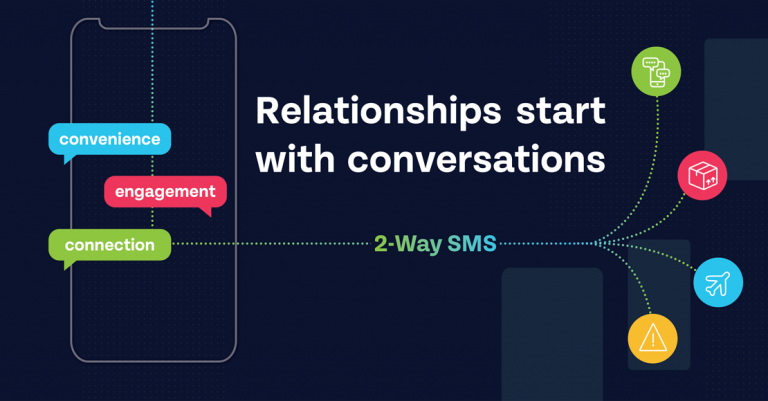
Concatenated SMS explained
When it comes to marketing communication, you simply can’t beat the tried and tested medium of SMS messaging. Done well, SMS can be a means to retain loyal customers, build your customer base, and encourage sales through discounts and alerts. That’s why it’s important for those working in marketing communication to know exactly how to make the best use of SMS, which includes understanding concatenated SMS.
One of the things you have most likely noticed with SMS messaging is that there is a limit of 160 characters per message, and that’s only in the case of a phone that uses Latin-based alphabets (GSM characters). This is because an SMS can only carry 1120 bits of data and each character uses seven bits. If you’re sending messages using a non-Latin alphabet (Unicode characters), like Japanese for example, the character count limit will be even less as each character uses 16 bits. This is where concatenated SMS comes in.
Concatenated SMS allows you to send longer SMS messages without the text being broken up in a way that may confuse the end-reader.
Your SMS will be sent in pieces as individual SMS message parts and then put back together to appear as a single message on the recipient’s phone.
Each message will come with added information in order for the receiver’s phone to be able to pick up that these message parts are meant to appear as one complete message, as well as which order they should be put together in.
This way, you’ll be able to ensure that all your text messages are easy to read and that your customers receive the most effective form of marketing communication. It’s the best way to make sure that your customers don’t receive three separated text messages that may or may not come in sequence.
How does concatenated SMS work?
If you’re wondering how concatenated SMS works, the answer lies with User Data Headers (UDH). This extra information which is added to your SMS messages allows the device to determine how many parts there are in the SMS and what order they are meant to be in when the SMS appears on the recipient’s cell phone. UDH uses 48 bits for each SMS, which means that you are left with 1072 bits to use as marketing communication in your message. But, because concatenated SMS means that you’re able to send multiple message parts and have them appear as one on the receiver’s device, the lesser number of bits available per SMS is not a problem.
Let’s do the math
If you’re sending one SMS, your character count is 160 characters if you’re using GSM characters, and 70 characters if you’re using Unicode characters. For two concatenated SMS message parts, you’re limited to 306 characters in GSM messages and 134 in Unicode messages. For three concatenated SMS message parts, you have 459 GMS characters available to you and 201 Unicode characters.
But isn’t shorter better when it comes to SMS marketing?
Yes. But, and this is a big “but”, there are legalities to consider when using SMS to market your business. You need to be able to include the option to “opt out” of any SMS marketing communication. And the best practice is to include the option of clicking a link or performing an action. In addition to this, you want to use personalization when contacting a customer and this uses up more of your character count.
How Clickatell can help you
With Clickatell’s SMS Platform, you’re able to send a default of three SMS message parts and we ensure that your SMS is received as one message. This default can be changed to suit your specific needs and the number of concatenated SMS message parts you want to send. Every part is charged at the rate of one SMS, which is standard with all mobile providers. Unsure of using concatenated SMS? Sign up for a free SMS Platform account and enjoy unlimited free testing in our sandbox environment. If you’re looking for a little more information, have a look at our uncomplicated guide to concatenated SMS.
Explore other articles
Step into the future of business messaging.
SMS and two-way channels, automation, call center integration, payments - do it all with Clickatell's Chat Commerce platform.








